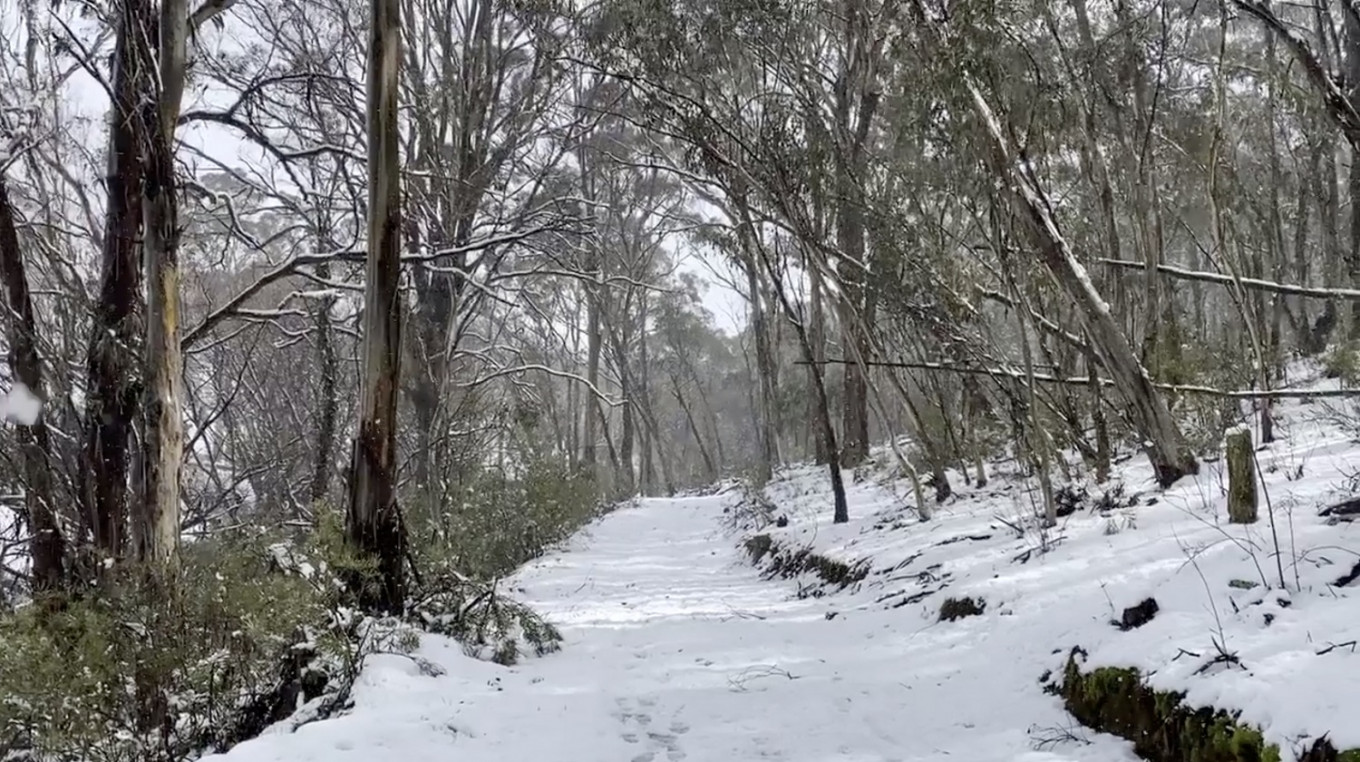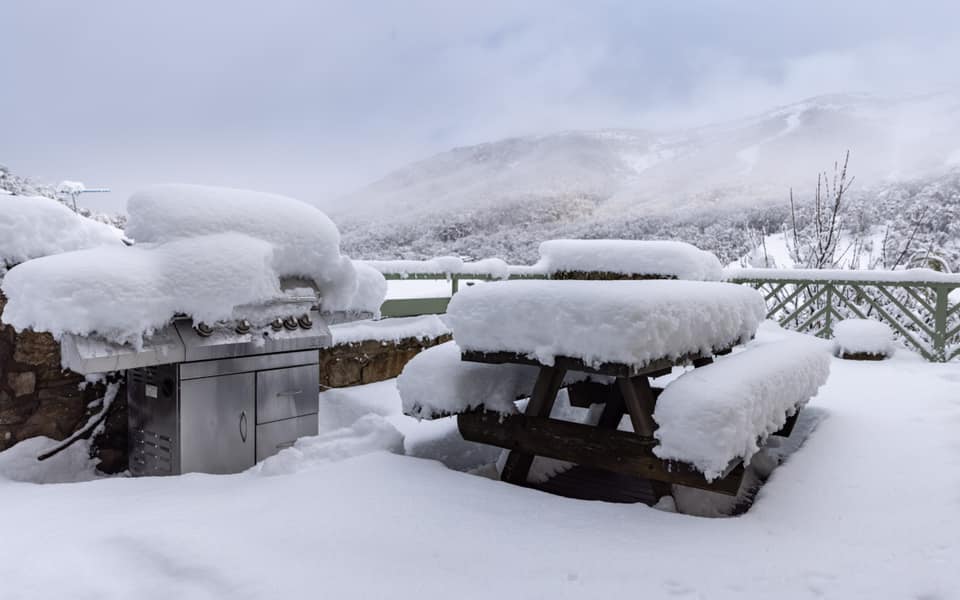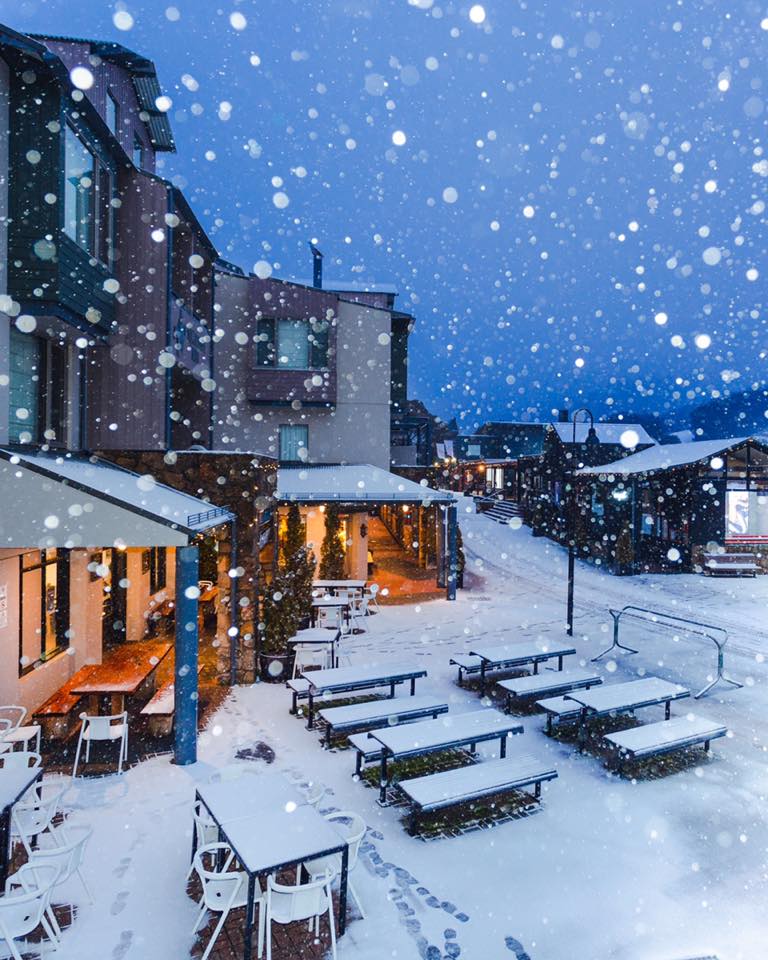Learn About the Locations That Frequently See Snow In Australia During the Colder Months
Learn About the Locations That Frequently See Snow In Australia During the Colder Months
Blog Article
Discover the Fascinating Effects of Snow in Australia on Regional Communities
Despite its reputation for sun-soaked landscapes, Australia also flaunts areas blanketed by snow-- a sensation that greatly affects the country's distinct environments. The insulating homes of snowflakes protect plants and animals in the middle of the chilliest winter seasons, while the melting snow nurtures rivers and marine life. Nonetheless, the actual wonder hinge on just how these icy problems shape the country's biodiversity and nutrient cycles. As we untangle this detailed partnership, we locate ourselves stepping on uncharted premises in Australia's high country.
The Unforeseen Regions of Snowfall in Australia
Although Australia is frequently associated with sandy coastlines and sun-scorched landscapes, particular regions surprisingly experience snowfall. The high country regions of New South Wales, Victoria, and Tasmania are especially recognized for their winter snow. The Snowy Mountains in NSW, for example, get plentiful seasonal snow, using a raw contrast to the country's regular warm, dry environment. On the other hand, the Victorian Alps and components of Tasmania also see annual snowfalls, changing the landscape into a winter months paradise. These locations are not just abnormalities however integral parts of Australia's diverse climate system. The presence of snow in these regions significantly affects regional communities, subsequently influencing the country's one-of-a-kind biodiversity. Nonetheless, the certain impact on Australia's distinct flora will certainly be discussed in the next section.

Just How Snow Impacts Australia's One-of-a-kind Flora
While it may seem uncommon, snowfall in Australia plays a critical role in shaping the country's unique vegetation. The snow-filled winters months foster durability in Australian plant species. This is particularly apparent in the sub-alpine and alpine areas, where snow periodontals and hill plum-pines thrive. These plants have actually developed to survive in extreme problems, with snow offering as a safety blanket from harsh winds and freezing temperature levels. The snow also adds to the dampness material of the dirt, providing essential hydration for plant life throughout the dry summertime. Fundamentally, the snow affects the timing of blooming and seed dispersal, the development rates, and the survival of numerous plant types, showcasing the detailed interplay in between environment and flora in Australia.

The Adjustments of Australian Fauna to Snowfall
Equally as Australia's vegetation important site has actually adapted to the wintery conditions, the neighborhood fauna also, show exceptional adjustments to the snowfall. Variety like the Hill Pygmy-possum, the only Australian marsupial known to hibernate, have progressed approaches to make it through in snowy settings. It utilizes the snow as insulation, hibernating in rock holes underneath the snow to stay warm. The Snow Skink, a types of reptile, changes its colour to white during winter season, giving camouflage versus killers. Birds such as the Snowy Hills' Crimson Rosella also change their diets to take in offered my latest blog post food resources throughout cooler periods. Thus, regardless of the extreme problems, Australian animals shows a adaptive and durable nature, ensuring their survival in areas experiencing snowfall.
The Function of Snow fit Regional Ecological Communities
In shaping the local environments, the duty of snow in Australia is both extensive and multilayered. Snow offers an essential water source, feeding rivers and reservoirs as it melts, thus sustaining a range of water life types. The presence of snow shapes the vegetation patterns, pet habits, and total sustainability of Australia's distinct communities.

The Future of Snowfall in Australia: Forecasts and Implications

Offered the critical role snow plays in shaping regional ecosystems, the future of snowfall in Australia is drawing increasing focus from scientists and environmentalists. Current environment versions anticipate a considerable reduction in snowfall as a result of worldwide warming, with Learn More Here possibly profound impacts on local communities. Less snow can lead to decreased water accessibility in towering regions, negatively influencing wild animals environments and plant. Moreover, it could change the timing of seasonal changes, disrupting the life cycles of several native types. The tourism industry, heavily dependent on the wintertime snow period, might also face significant obstacles. Consequently, recognizing these predictions and their effects is crucial to create efficient preservation strategies, making sure the preservation of Australia's one-of-a-kind biodiversity and the sustainability of its economic situation.
Verdict
The duty of snow in Australia's communities is pivotal yet typically ignored. It works as a guard, a nurturer, and a shaper of diverse alpine varieties, adding to the richness of Australia's high country. As climatic patterns remain to shift, understanding the ramifications and prospective makeovers of these snow-influenced ecological communities is critical. Thus, the snow in Australia is greater than a natural spectacle; it's a crucial player in the country's environmental story.
Despite its track record for sun-soaked landscapes, Australia also flaunts regions buried by snow-- a phenomenon that profoundly influences the nation's distinct ecological communities. It makes use of the snow as insulation, hibernating in rock holes under the snow to remain cozy - Snow In Australia.In shaping the regional environments, the role of snow in Australia is both multilayered and profound. The visibility of snow shapes the greenery patterns, animal behavior, and general sustainability of Australia's unique environments
Offered the essential function snow plays in forming neighborhood environments, the future of snowfall in Australia is drawing enhancing focus from scientists and ecologists.
Report this page